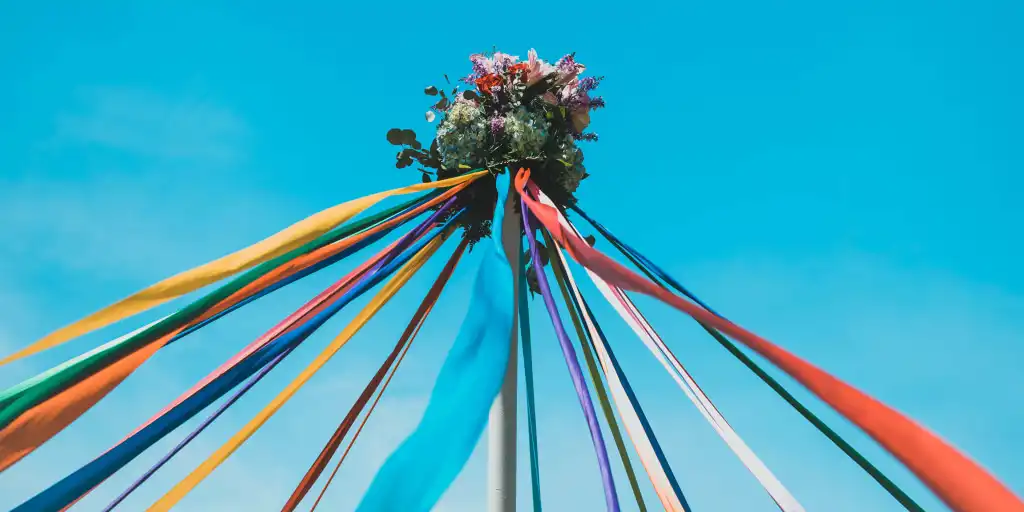May Day: Significance and History of Celebrating the Spring Holiday on May 1
Maypole dancing is a beloved tradition on May Day. Learn about the pagan roots and how to celebrate this spring festival.
Maypole dancing is a cherished tradition of the May Day holiday that has been celebrated by people around the world for centuries. The origins of this festive occasion can be traced back to ancient times when pagans celebrated the transition from spring to summer with various rituals and ceremonies. Today, May Day is a time to honor nature, community, and the changing of the seasons.
Suzanne Robotti, president of MedShadow Foundation, fondly remembers her neighbor who introduced her to the beauty of gardening and the joy of May Day festivities. Inspired by her neighbor's love for May Day, Robotti started her own tradition of hosting a May Day festival complete with delicious food, drinks, and blooming flowers.
May Day falls on May 1st and is celebrated as a spring festival that marks the halfway point between the Spring equinox and the summer solstice. While many people associate May Day with flower crowns and maypole dancing, the holiday has deeper roots in paganism and ancient traditions.
In pagan history, May Day was a time to celebrate the abundance of nature and the coming of summer. Communities would gather to light bonfires, scare away demons, and protect themselves from evil spirits. Maypoles, decorated with flowers and ribbons, became a symbol of May Day celebrations and are often the centerpiece of modern-day festivities.
May Day is also known as Beltane in some cultures, and it is a time for handfastings, weddings, and other celebrations of love and fertility. Bonfires are a common feature of Beltane celebrations, as they represent the warmth and light of the coming summer season.
To celebrate May Day, you can create your own traditions such as lighting a candle, listing things you are grateful for, enjoying a meal with loved ones, or making a daisy chain. These simple rituals can help you connect with nature, community, and the changing of the seasons.
In conclusion, May Day is a time to celebrate life, love, and the beauty of nature. Whether you choose to dance around a maypole, light a bonfire, or simply enjoy the company of loved ones, May Day is a reminder of the joy and abundance that surrounds us. So, next May 1st, take a moment to honor the traditions of the past and create new memories that will last a lifetime.











Comments on May Day: Significance and History of Celebrating the Spring Holiday on May 1